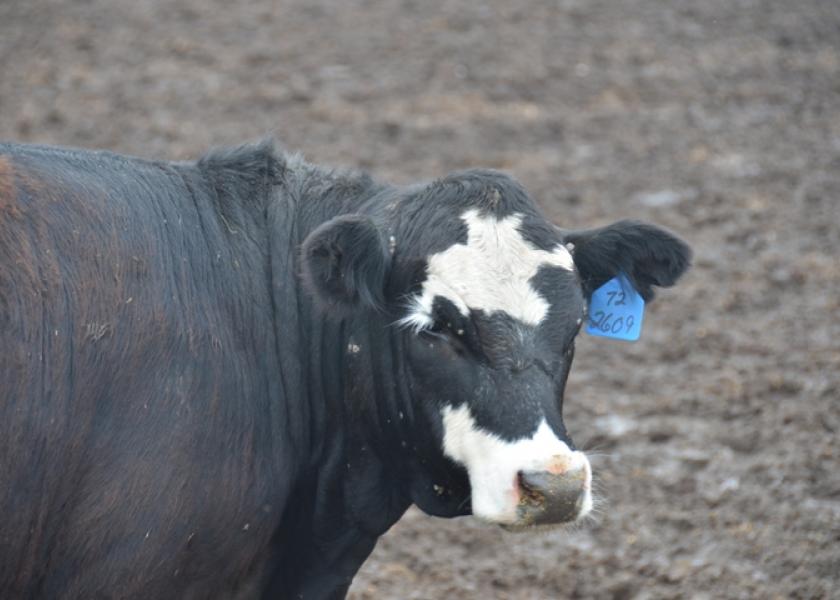Profit Tracker: Packer Margins Remain Above $450

Beef packers continued to maintain their leverage on cattle markets heading into the holiday-shortened first week of September. Packer margins declined $42 per head on beef cutout prices $5 per cwt. lower, yet packer margins remain at $450 per head. Cash cattle prices averaged $106.62 per cwt., about $1 lower. Cattle feeding margins held mostly steady with average losses of $55 per head, according to the Sterling Beef Profit Tracker.
(Note: The Beef and Pork Profit Trackers are intended only as a benchmark for the average cash costs of feeding cattle and hogs.)
A year ago cattle feeders were losing an average of $40 per head on cash prices of $107. Feeder cattle represent 72% of the cost of finishing a steer compared to 74% a year ago.
The Beef and Pork Profit Trackers are calculated by Sterling Marketing Inc., Vale, Ore.
Farrow-to-finish pork producers saw their margins decline $15 per head with average profits of $6. Lean carcass prices traded at $62.11 per cwt., $7.59 per cwt. lower than the previous week. A year ago pork producer margins were negative $52 per head. Pork packers saw average profits of $15 per head, $1 less than the previous week.
Sterling Marketing president John Nalivka projects cash profit margins for cow-calf producers in 2019 will average $138 per cow. That would be 14% lower compared to the $161 estimated average profit for 2018. Estimated average cow-calf margins were $164 in 2017, $176 in 2016, and $438 per cow in 2015.
For feedyards, Nalivka projects an average profit of $54 per head in 2019, which would be $30 better than the average of $24 per head in 2018. Nalivka expects packer margins to average about $174 per head in 2019, about $5 higher than in 2018.
For farrow-to-finish pork producers, Nalivka projects an average profit of $11 per head in 2019, as compared with an average profit of $1.35 per head in 2018. Pork packers are projected to earn $12 per head in 2019, about $8 less than the $20 per head profits of 2018.
Related stories:
Over-Committed Supply Becomes A Burden







